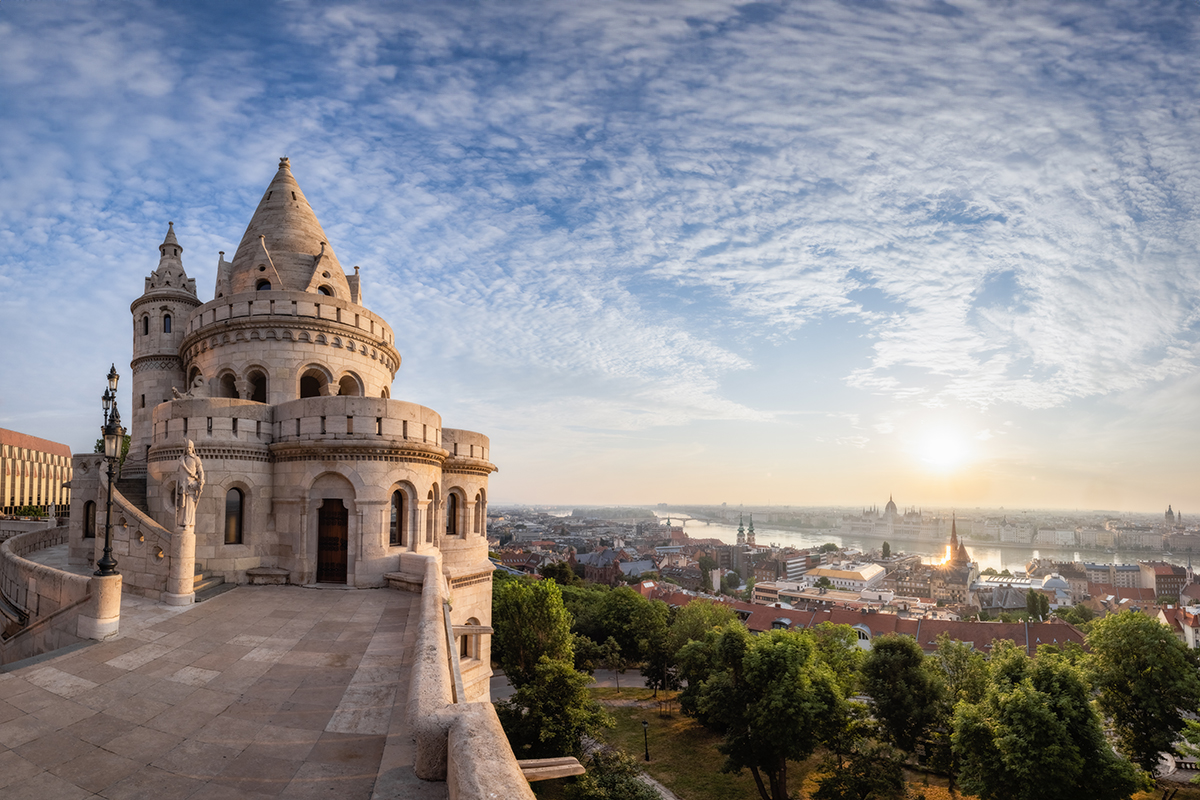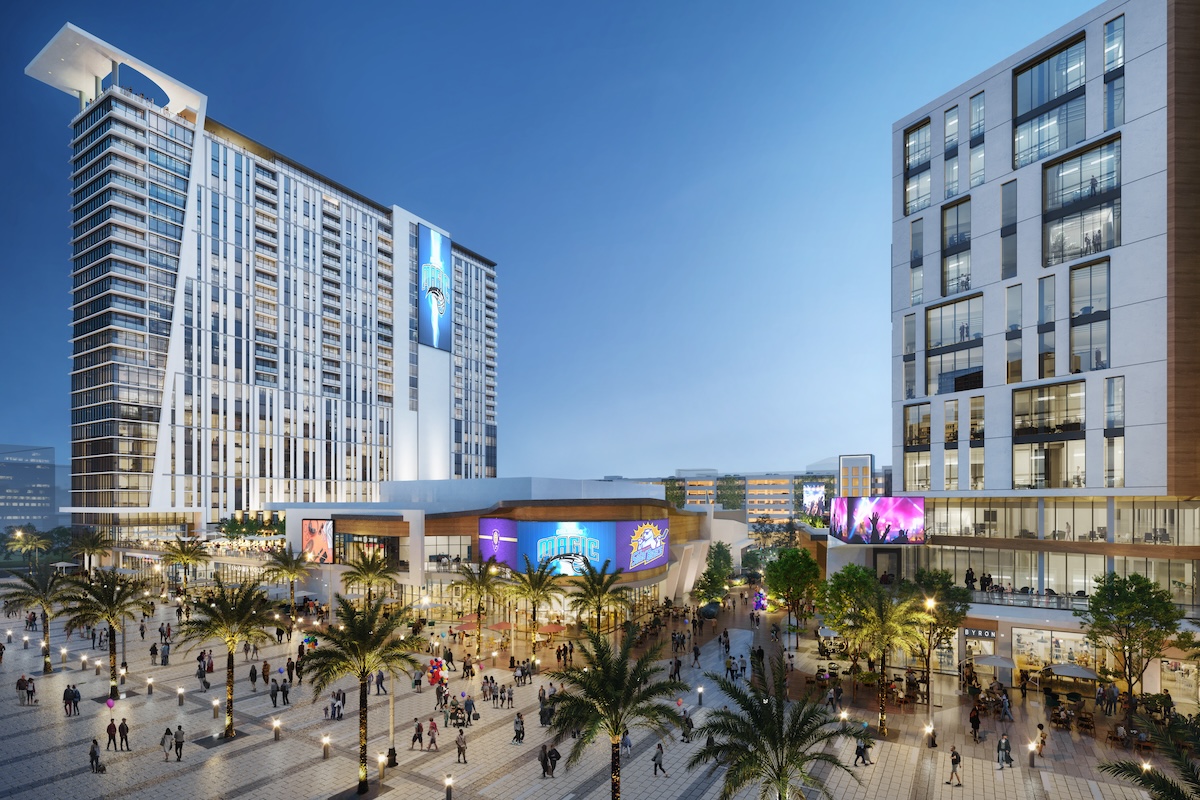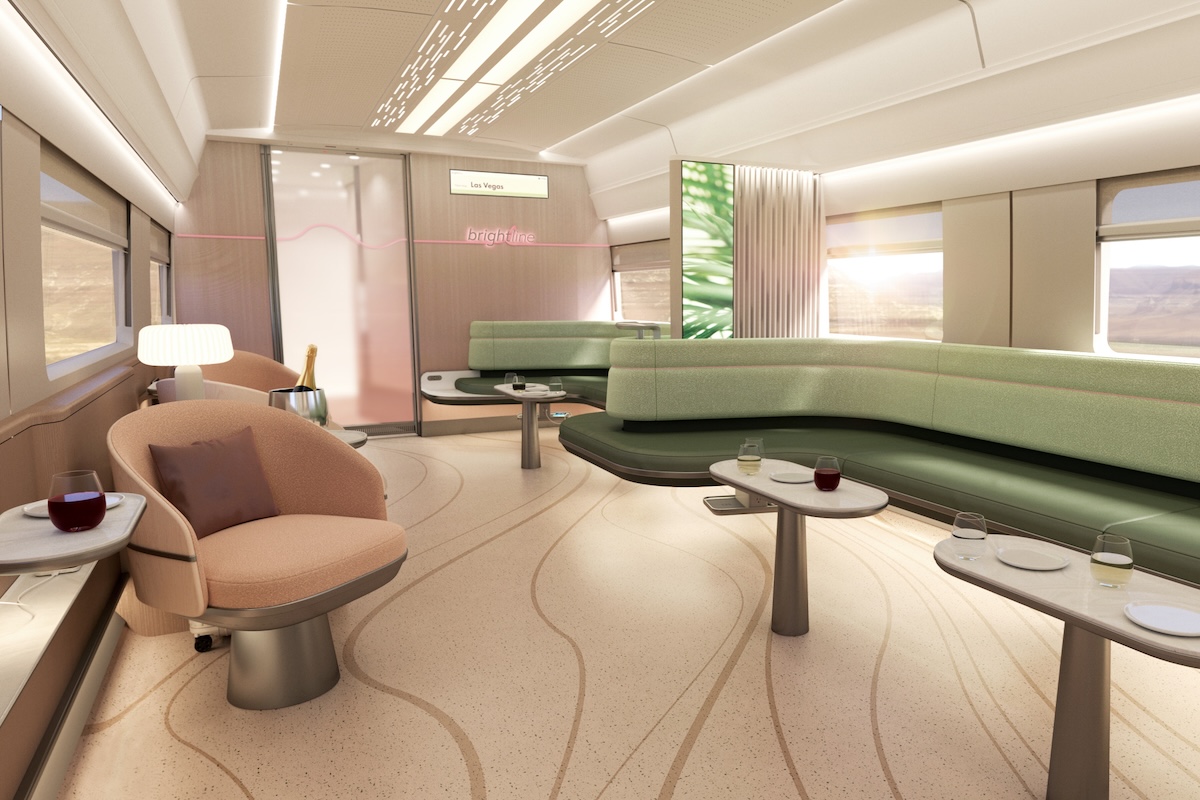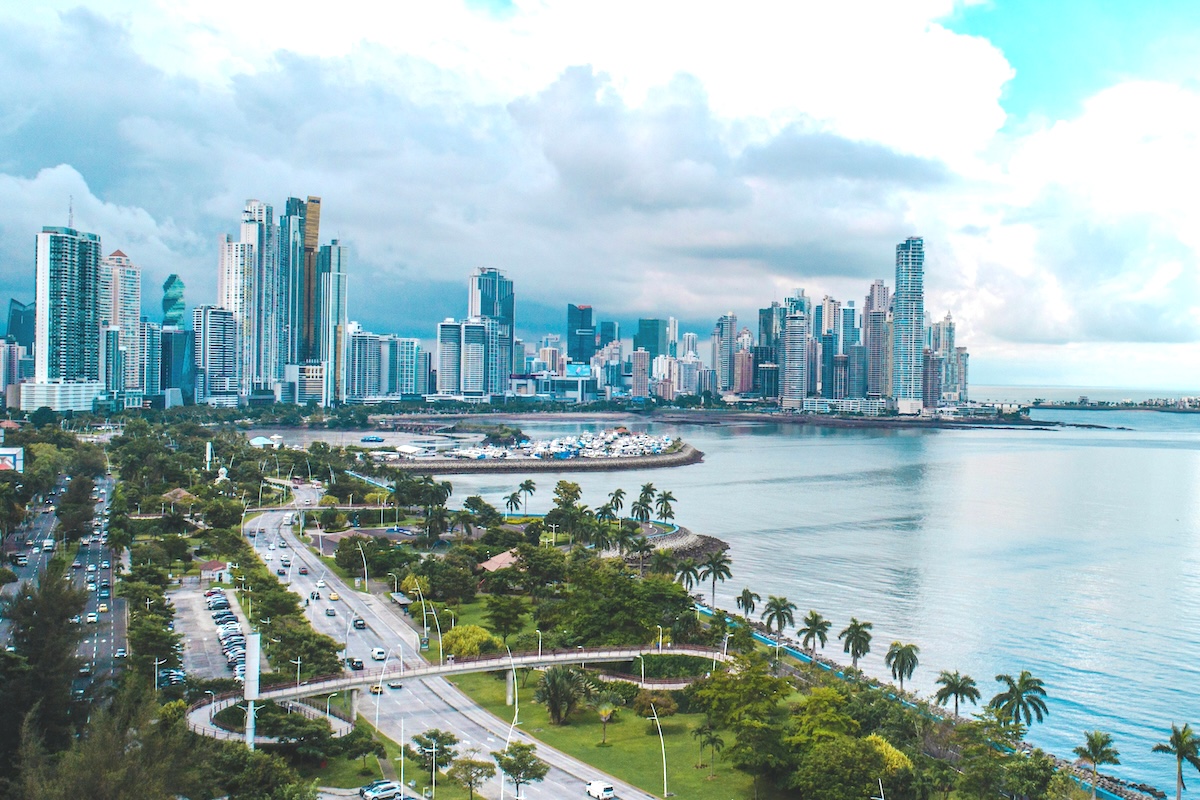Skift Take
Bleisure travel is here to stay, so why not build meeting agendas with a balance of business and pleasure baked right in? We look to Budapest for four great ways to infuse an event schedule with cultural experiences of all kinds.
This content was created collaboratively by the Budapest Convention Bureau and Skift’s branded content studio, SkiftX.
Bleisure travel is all the rage as business travelers seek to maximize their time in unique and far-flung destinations. By combining work obligations with off-duty activities, modern professionals are able to blend business and pleasure into singular trips to remember. A recent state of travel report from the Global Business Travel Association found that 93 percent of business travelers take advantage of blended travel, with 31 percent visiting historical sites and 25 percent attending cultural events. Meeting planners who want to take that trend one step further should bet on cities where cultural experiences aren’t just an afterthought; they’re so entrenched in the local environment that they become a natural enhancement to the event agenda.
“And Budapest has it all. Its vibrant cultural offerings, including popular music concerts, music festivals and the recently renovated historic Opera House, the lovely thermal spas and the astonishing architecture all make the Hungarian capital an excellent bleisure destination,” said Ildikó Lippai, senior sales manager of the Budapest Convention Bureau.
Budapest recently made the cut for Time Magazine’s list of the world’s top 50 greatest places, thanks to a wealth of historical sites, wellness and relaxation opportunities, and adventures in gastronomy and the world of wine. It’s a highly accessible city in the heart of Europe, with direct flights to 112 cities in 42 countries and direct railway connections to over 50 destinations. It’s also a major hub for river travel, experiencing bustling boat traffic and boasting the most beautiful section of the Duna river bank. As an added bonus, it is one of the most affordable cities in Europe — without sacrificing any of the luxury and creature comforts that discerning business travelers expect.
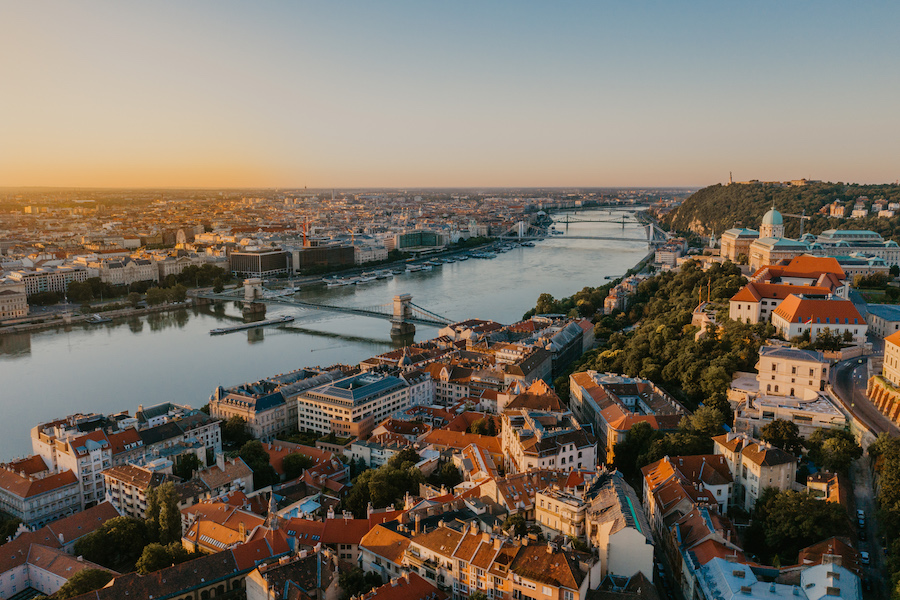

1. Gain a Sense of Perspective Through a Historical Lens
Nothing puts life in perspective like a deep dive into our shared history. Event planners can inspire awe and wonder, facilitate team bonding, and foster camaraderie by incorporating trips to cultural and historical landmarks into their schedules. Budapest’s many heritage landmarks do the trick by combining all the key ingredients: centuries-old beauty, breathtaking architecture, and deep cultural meaning.
The Buda Castle Palace District is home to multiple turn-of-the-century buildings, with the namesake Buda Castle being one of its top attractions. Thanks to tireless restoration efforts, the castle’s lavish St. Stephen’s Hall is once again open to visitors after having been destroyed in World War II. Adding a tour of the Castle Garden Bazaar to an agenda gives attendees the chance to visit one of Budapest’s most famous tourist attractions while also learning about 800 years of Buda Castle history and taking in scenic views of the Danube River. For those looking to set their evening events against an unforgettable backdrop, both Buda Castle and the Museum of Fine Arts are available for gala events.
“Luckily Budapest has a growing number of renewed stunning historical sites, suitable for MICE events, such as the Royal Riding Hall and Castle Garden Bazaar or the Vigadó Concert Hall,” said Ildikó Lippai.
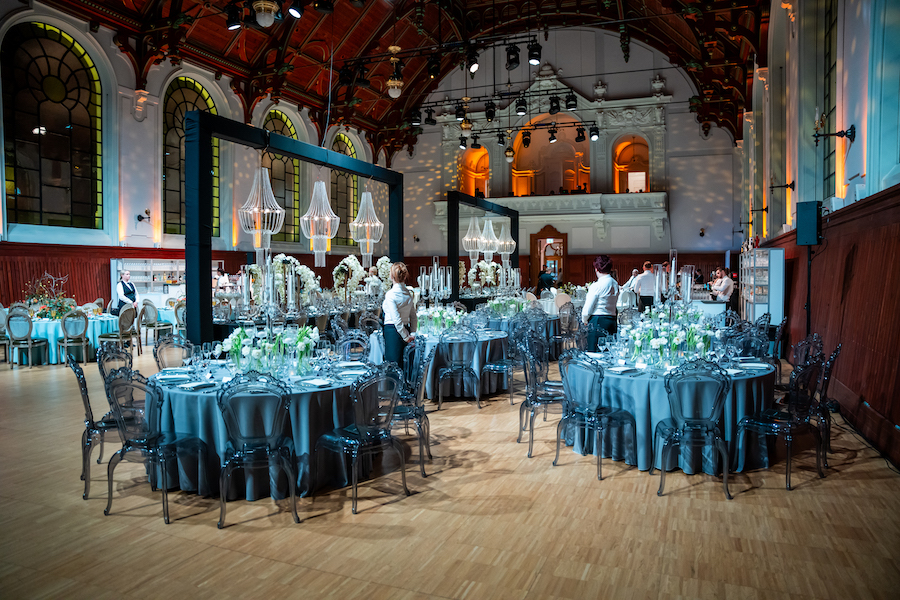

Other important historical sites offer a unique blend of Neo-Romanesque, Gothic, and Art Nouveau architecture. Favorite spots include the panoramic views of Fisherman’s Bastion — with seven stone towers symbolizing the seven chieftains who founded Hungary in 895 — and a variety of historical churches, such as the Roman Catholic Basilica of St. Stephen, and Matthias Church, which was founded by the first king of Hungary in 1015.
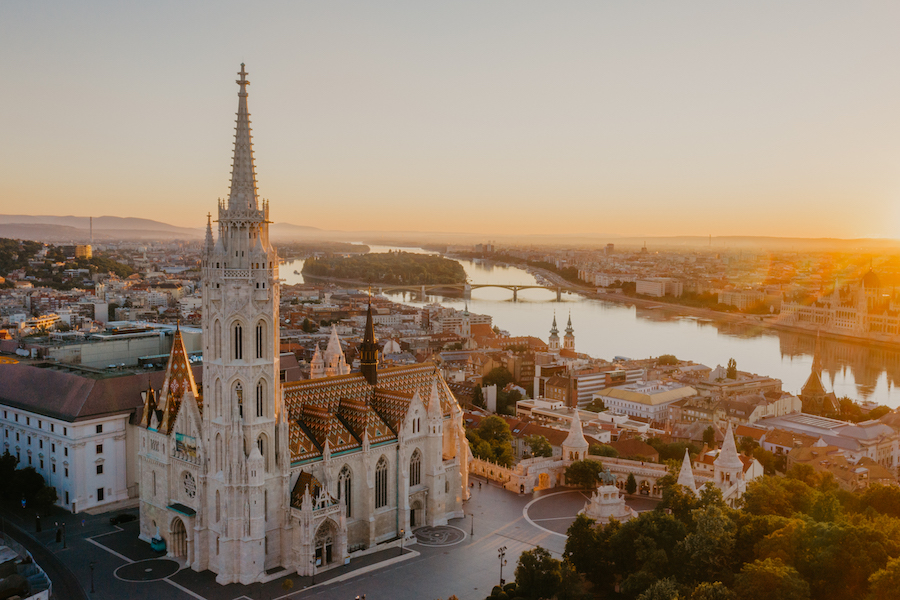

2. Nurture Body & Mind With Wellness Excursions
Wellness is a key component to bleisure travel, so scheduling health-focused experiences and activities brings attendees together in comfort instead of forcing them to squeeze their relaxation time into the off hours.
Budapest and the surrounding region offer natural lakes and hot springs where visitors can nurture body, mind, and spirit while connecting with colleagues and peers through once-in-a-lifetime healing experiences. The Mirror recently named the Szécheny baths and Hévíz Lake two of Europe’s best thermal spas. Both offer unique appeal: The Szécheny baths combine ornate historical architecture with natural springs right in the heart of Budapest, and Hévíz — boasting the largest swimmable thermal lake in the world — is the perfect location for a luxurious event add-on within a 2-hour drive from the city.
At Lake Balaton, the largest lake in Central Europe, activities like sailing, kayaking, hiking, and biking allow for dedicated team building time to play out against breathtaking natural landscapes. Event facilities like conference centers, hotels, and resorts nearby keep business-focused programming within a stone’s throw from more wellness-minded periods. And should planners prefer to turn a full-blown retreat into a day-trip portion of the agenda, Lake Balaton is just 1.5 hours away from Budapest proper.
3. Inspire Creativity & Camaraderie Through Food
Meals are often seen as unprogrammed time in a traditional event schedule; attendees forage in their hotels or save their gastronomic adventures specifically for free time in their meeting agendas. But Hungary’s rich culinary tradition and Budapest’s world-renowned restaurants make it easy to turn organized mealtimes into the best and most memorable part of any event.
“The gastronomical scenery of Budapest gives you a great choice of local cuisine, comfort food and high-end, delicate international tastes as well. Besides, there is an ongoing street food revolution which nicely complements the bar culture,” said Lippai.
Deal-making, networking, and social events can easily find a home at Budapest’s nine Michelin-starred restaurants (or 59 more with official Michelin recommendations). Many restaurants both in Budapest and across the countryside are prioritizing local, seasonal, and sustainable ingredients to make Hungarian cuisine truly shine. Five Hungarian restaurants have already earned Michelin’s Green Star rating, indicating that every aspect of operations from ingredient sourcing to waste management is sustainable.
“In many cases, the organizers add leisure elements to professional events, to provide an entire package of experiences for the participants. An excellent example is when the event includes a full gastronomic experience. Start your day at the Market Hall for a private shopping trip with a Hungarian chef, then make your own typical Hungarian menu with goulash soup, chicken paprikash and dumplings, and a strudel for your sweet tooth,” added Ildikó Lippai.


4. Raise A Glass To A Job Well Done
There’s often at least one occasion to raise a glass at any conference, convention, or retreat. So why not go straight to the source? Meeting planners can easily incorporate winemaking, wine tasting, and wine learning into the more celebratory components of any event schedule.
Hungary’s 1,000-year-old wine-making tradition has only recently started gaining the international that it deserves, with visitors being able to boast that they’re sampling part of history while also discovering something ‘new.’ Hungary is home to the world’s first vineyard classification system, dating back to the 1720s. With some of the oldest wine traditions in existence, Hungary’s terroir spans 22 wine regions with distinct climates and topographies, making for an incredible educational opportunity on top of special tasting experiences.
And its recent rise in popularity is not the first time that Hungarian wine has made waves on the international stage. Tokaji Aszú, one of the world’s best naturally sweet wines and one of Hungary’s most famous exports, became a favorite of Louis XV, King of France, who first tried it at Versailles. It remains a favorite export of the Tokaj-Hegyalja wine region, a UNESCO World Heritage Site since 2002, where event attendees can taste what King Louis XV called “the wine of kings, king of wines” right from the source.
The Destination Sets the Stage for Cultural Enrichment
Since bleisure travel is already trending — and likely here to stay — it makes good sense for event planners to cover all the bases by combining business and leisure into a single agenda. When a balanced schedule is the goal, cities like Budapest make it easy to blend cultural, historical, culinary, and wellness experiences into the standard meeting fare of talks and panels.
In the current global climate, it’s also key to choose a destination that’s price-friendly and safe. Budapest offers luxury experiences at an affordable price, with over 20,000 hotel rooms available city-wide including more than 10,000 four-star and 3,000 five-star rooms. It was also recently ranked the safest city in Europe for women travelers (and third globally), making it a comfortable and equitable place to take attendees out of the conference room and into the cultural heart of Europe.
To learn more about all that the city has to offer, visit the Budapest Convention Bureau’s website.
This content was created collaboratively by the Budapest Convention Bureau and Skift’s branded content studio, SkiftX.

